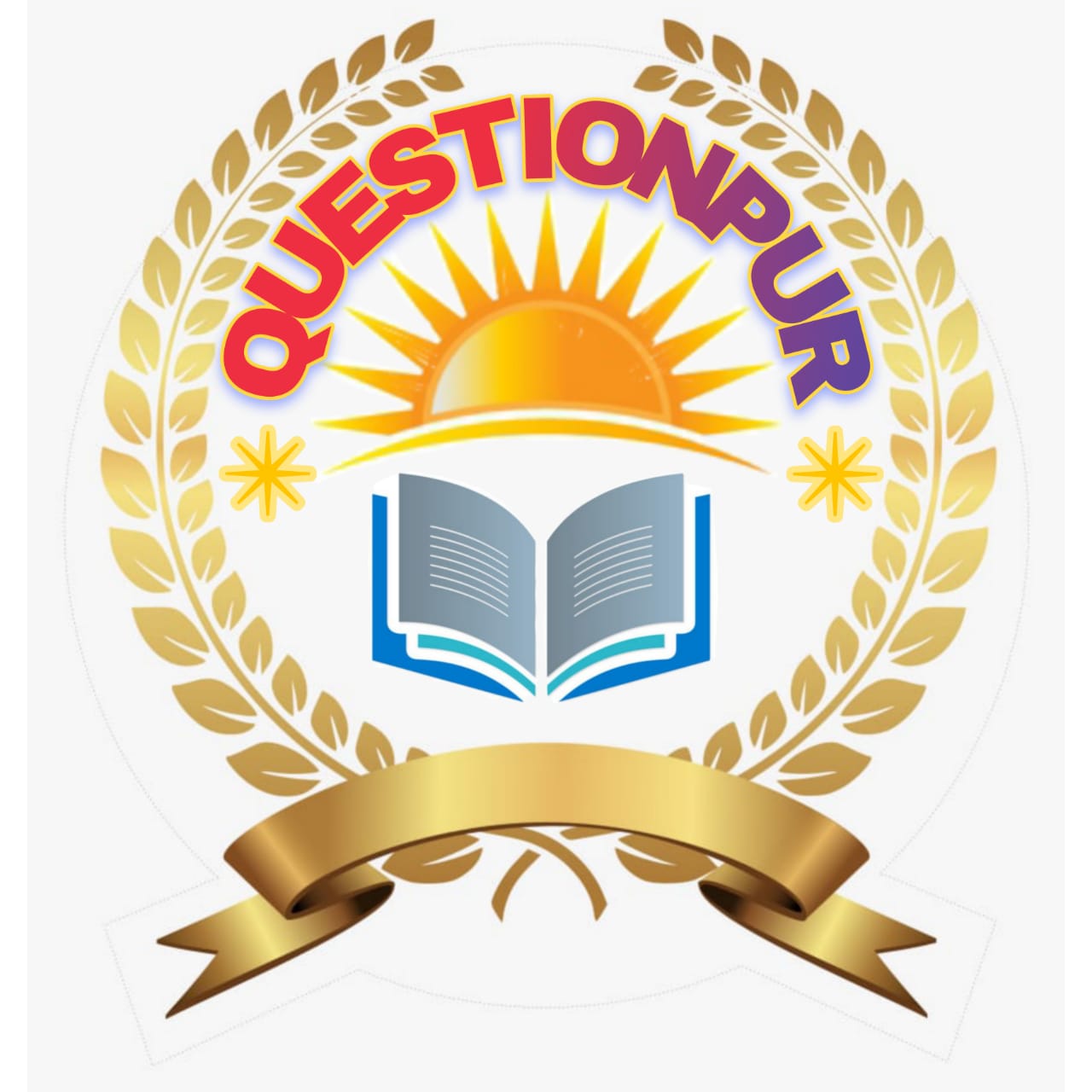New Criticism
The term 'New Criticism' first widely came into use with John Crowe Ransom's book of that title in 1941. He used it in two senses; one, to refer to Important near-contemporary predecessors who had made certain errors, and two, to refer to their successors, critics like himself who had steered clear of these errors. The predecessors were I. A. Richards, T. S. Eliot and Vor Winters. These critics were described by Ransom as 'psychological', 'Historical 'and 'Moral' critics respectively.
In fact, the term 'New Criticism' refers to the criticism of John Crowe Ransom Allen Tate, R. D. Blackmur, Robert Penn Warren and Cleanth Brooks. It indicates a movement in America in the 1930's which paralleled the movement in England. The movement was led by critics like T. S. Eliot, I. A. Richards, and William Empson. Generally the term 'The New Criticism' refers to the whole body of contemporary criticism.
It is held that it centres its attention on the work of art as an object in itself. It depicts a language opposed to or at least different from the knowledge of science or philosophy. It is examined through a process of close analysis. The new critics constitute the school in contemporary criticism which most completely employs the object of Art.
The New Criticism had its heyday in the forties and fifties. The new critics were gifted men. Their quick success was due to a large-scale reaction among intellectuals against psychological experimentalism, literary bohemia and social radicalism. These new criticisms gained much from Coleridge, Henry James, Ezra Pound and I. A. Richards. But their living guide and exemplar was T. S. Eliot.
They found in Eliot a critic who possessed an impressive awareness of literature as a historical tradition, yet who could also make the poets of the seventeenth century seem like vibrant contemporaries. The purpose of the New Critics was to free literature from what they called 'the pressure and competition of science.
The New Critics wanted to put an end to the absorption of the poem in a massive background of social and historical forces, or the absorption of the poem in some impressionistic account of the emotions it aroused. Their ideal programme persisted and in practice, they sometimes achieved a close and patent description of what the poem is a description in which an effort would be made to connect the paraphrase the critic provided the poem's content with those technical devices, patterns of forms, and strategies of rhetoric through which meaning is realised in literature. A central doctrine of the New Critics asserted that content and form are inseparable and that the content of a poem could be located only in the specific dynamics of the form.' - (Irving Howe)
While analysing a poem, a play or a work of literature, the chief characteristic of the New Critics was to stress ambiguity, irony, paradox and tension. In fiction, they laid stress upon the point of view and the metaphoric use of language. Cleanth and William Empson elaborated their complexities of interpretation without caring for the meanings imposed by history. They failed to bother about the historical context of the work of art.
The New Critics contributed much to the refinement of critical sensibility but their limitations were quite obvious. They neglected a fundamental thing that language had an inner development of its own and was an object to the shifting pressures of the whole historical process. For this shortcoming, Lionel Trilling has criticised New Critics.
The New Critics exercised their early characteristic method almost exclusively upon lyric poetry. Thus they have minimised the significance of literary genres. They treat all literary works as if they were lyric poems. One rarely finds in the New Critics the cultivated charm of the Bloomsbury group (Virginia Woolf, E. M. Forster, Fry, Keynes etc.) The New Critics believe that a poem should be treated as an object in itself, primarily as poetry and not any other genre.
These critics also lend to minimise recourse to the history of literary genres and subject matter. The distinctive procedure of judging a work of art by new critics is explication or close reading. They make a detailed and subtle analysis of the complex inter-relations and ambiguities. The New Critics recognise words, images and symbols as basic components of a work of literature.
The principles of the New Criticism are verbal. The modern movement of New Criticism has been very much conscious of how the rhetoric of mass communication has vulgarised meaning. Each critic has devised his method of bringing out the uniqueness of the poem. Richards has devised his 'emotive and referential meanings'.
Empson's 'ambiguity', Ransom his 'structure and texture', Brooks his 'Paradox', Warren his 'irony', Eliot's 'objective correlative', and Blackmur his 'gesture'. Each of these New Critics has acquired a metaphor in terms of which he views his critical function and how it shapes, informs and makes The work meaningful.
Read More-





